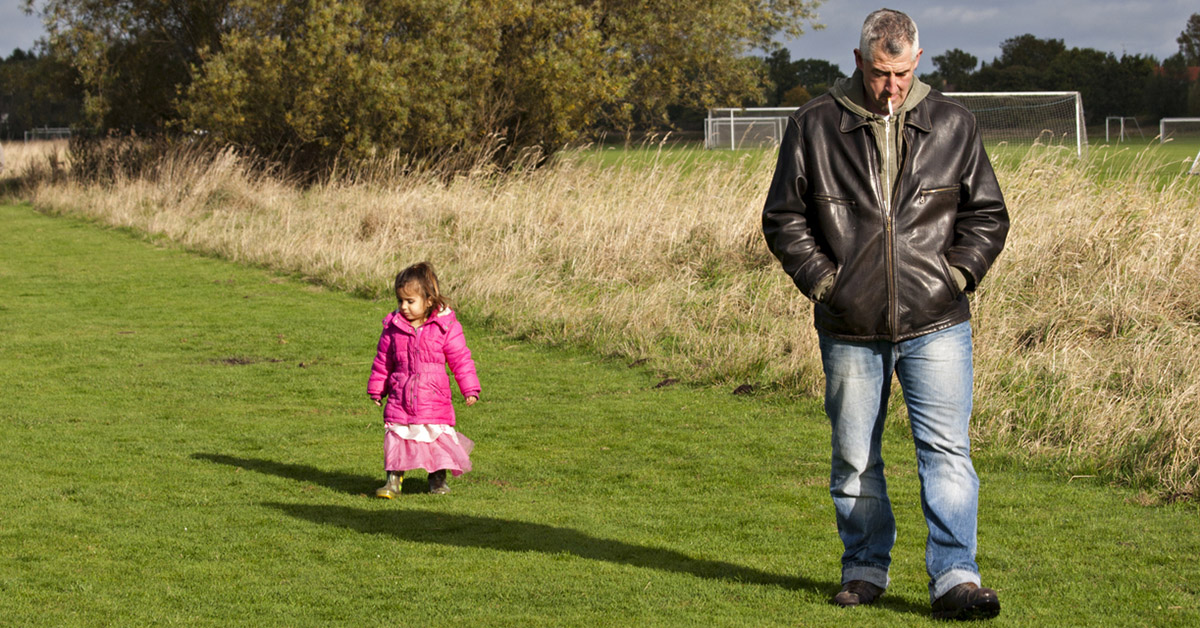New research from a team that includes the School of Public Health examines how secondhand smoke might impact children and adolescent cardiovascular health.

The study was co-authored by Associate Professor Kyle Rudser and published in Pediatric Research.The researchers studied the carotid artery in the neck, brachial artery in the upper arm and abdominal aorta right above the belly button in 298 people. All were between the ages of 8 and 18 and were nonsmokers. Some study participants reported being exposed to secondhand smoke, while others did not.
Researchers used ultrasound imaging to examine the arteries for plaque buildup. The study:
- found that the carotid and brachial artery were unaffected by exposure to secondhand smoke;
- observed increased stiffness in the abdominal aorta in children exposed to secondhand smoke;
- suggests the harmful effects of secondhand smoke can be seen in early markers of cardiovascular disease, but the majority of the damage has not been done which supports the idea that quitting smoking may prevent this damage from occurring.
“This paper provides insight that secondhand smoking may predispose young children and adolescents to increased abdominal aorta stiffness,” says Michelle Harbin, the first author on this study and PhD candidate in Exercise Physiology in the School of Kinesiology. “Stiffness in this particular artery has been previously reported to exhibit increased susceptibility to atherosclerosis, which is a buildup of plaques that can restrict blood flow.”
Future research will need to be conducted to determine the effect that vaping and e-cigarettes might have on cardiovascular disease risks in children and adolescents. According to the Centers for Disease Control and Prevention, 1 in 10 middle school students and 1 in 4 high school students reported using e-cigarettes in the past 30 days.

